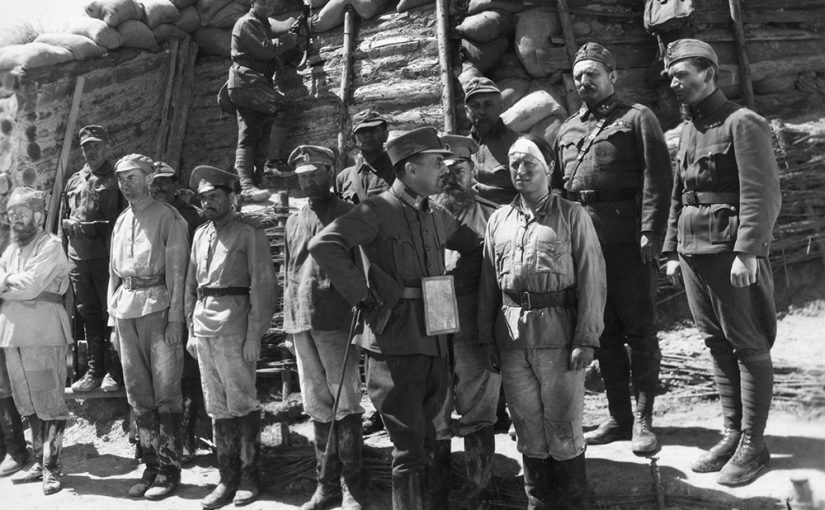The objective of the digital restoration of Zborov (1938) was to make the film accessible in a condition that was as faithful as possible to what audiences would have seen and heard at the time of the film’s premiere in Czechoslovak cinemas at the beginning of 1939. In addition to the original negative, the Czech National Film Archive has preserved in its collection several duplicate materials (one duplicate positive and one combined duplicate negative) and two prints on safety film: a) a triacetate print made around 1966 from the original negative, b) a polyester print made in 2003. Unfortunately, no original prints have been found.
Research has shown that all the preserved film materials are identical in content and come either from the same (and only) original negative or from materials made from it in subsequent generations – no alternative version was discovered. The original negative is composed of shots that came directly from the camera negative, as well as shots created by an optical printer from the duplicate negative for lap dissolves or for special effects. However, the original negative is missing audio for three of its eleven reels: the most recent print (from 2003) was therefore partially made from the duplicate negative, which contains the entire audio track. In addition, we discovered that the first reel of the original negative is in critical condition: the material is brittle and mechanically damaged. None of the other materials have significant damage, though: by comparing all the materials, it has been determined that there are no frames missing in any of the duplicate materials.
Due to the poor condition of the image on the original negative and given the desire to preserve the photographic essence of the original print,[1] the material chosen as the source for the digitisation of the image was a nitrate duplicate positive made from this original negative, which has been preserved in a very good chemical and mechanical state. Since this duplicate positive belongs to the same generation as the initial release prints, its photographic appearance is closer to what the first audiences would have seen than the original negative itself, and therefore presents a more faithful version of the film.
As usual, the restoration process included retouching the image and colour grading. Retouching had to be carried out very delicately, since completely eliminating all wear marks would have compromised the integrity of the film image. The film also featured elements that arose during filming or as part of the laboratory processing, and are thus evidence of the contemporary technology. As with the picture, the retouching of the sound was done in a way that would not distort the technological characteristics of the recording and sound reproduction systems of the period, according to our present knowledge of the Tobis-Klang system.
As far as colour grading is concerned, due to the absence of an original print that could serve as a reference for luminance and tonal restoration, we used prints made directly from the negatives in 1966 as a general guide. Therefore, the process was by necessity one of estimation. However, the source for digitisation had already been adjusted according to the original template, which significantly facilitated the colour grading process.
Apart from the problems presented by the fragile and incomplete nature of the original negative, there were no major complications in the digital restoration of Zborov. Thanks to the combination of competencies from across various disciplines (film history, research with archival documents, laboratory skills, etc.), the image and sound of this restored film are as close as possible to those experienced by audiences at the beginning of 1939.
Since the film was originally distributed in 1.37:1 format, the image had to be cropped according to the size of the projection frame for that format. In order to maintain the monophonic nature of the sound, the Dual Mono format was used to send the same sound to both speaker channels.
Notes:
[1] Each step of the printing process brings about a loss of focus. The fine grain of the negative is transformed and the resulting positive image gains a specific grain of its own. The images that spectators see on the screen are therefore inevitably different from the original negative.
